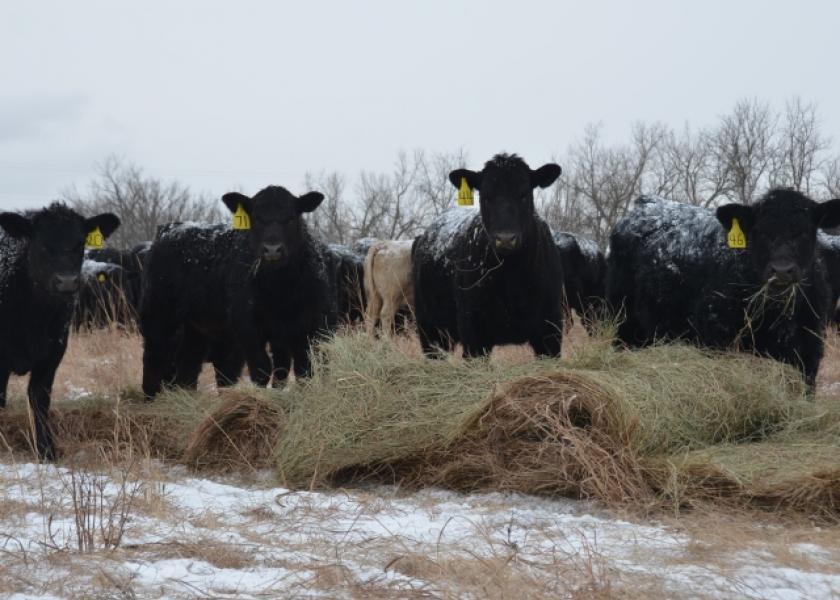Glenn Selk: Plan Now For Spring Colostrum Needs

It is not too soon to begin to prepare for the spring calving season. Locating, obtaining, and storing several doses of colostrum or colostrum replacer will come in handy before the first heifers start to go into labor. Calves born after a difficult birth are at a high risk of failing to receive adequate colostrum by natural suckling because of greatly decreased colostrum intake. Calves that are born to a prolonged stage II of parturition (delivery through the pelvic canal) very often suffer from severe respiratory acidosis.
Acidotic calves are less efficient at absorbing colostral immunoglobulins even if artificially fed colostrum. The only disease protection baby calves will receive is via the passive transfer of antibodies (immunoglobulins) from the colostrum that they ingest. Therefore effort should be made to provide weak newborn calves with the best source of colostrum available via bottle suckling or tube feeding.
Natural colostrum is still considered the best source of the immunoglobulins for disease protection for the calf. If there is still a dairy in your area, the opportunity may exist to obtain some natural colostrum from newly freshened dairy cows. Avoid obtaining colostrum from dairies that are known to have had an incidence of “Johnes Disease”. Take time to visit with a local large animal veterinarian about avoiding the introduction of “Johnes Disease” into your herd.
Fresh colostrum can be stored in 1 quart doses by putting that much (1 quart) in a gallon-size re-sealable plastic bag. Lay the bags flat to freeze in the freezer. When it is time to thaw the colostrum, it will be easier and quicker to thaw, compared to 2 quarts or more in a big frozen chunk. The amount of immunoglobulin ingested is also a major determinant of final blood immunoglobulin concentration.
A practical "rule-of-thumb" is to feed 5 to 6% of the calf's body weight within the first 6 hours and repeat the feeding when the calf is about 12 hours old. For an 80 pound calf, this will equate to approximately 2 quarts of colostrum per feeding. Consequently, if the calf is quite large (about 100 pounds), then the amount of colostrum will need to be increased accordingly to 2 ½ quarts per feeding.
Not many beef cow operations have a dairy nearby, or are willing to try to milk out a beef cow that has lost a calf. If there is no source of natural colostrum available, go to veterinary supply store and purchase a few doses of a commercial colostrum “replacer”. Colostrum replacers will contain greater than 100 grams of immunoglobulin per dose. Make certain to read the label before purchasing. Colostrum replacers may seem expensive, but the value of a live calf at weaning strongly suggests that every effort to keep all of them alive is worth the investment.







